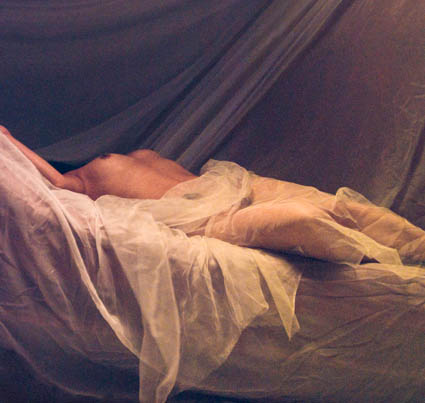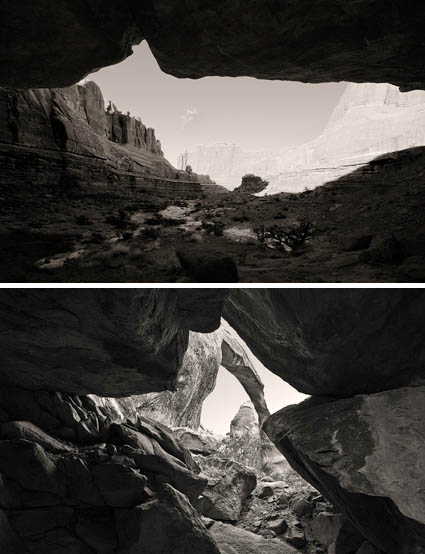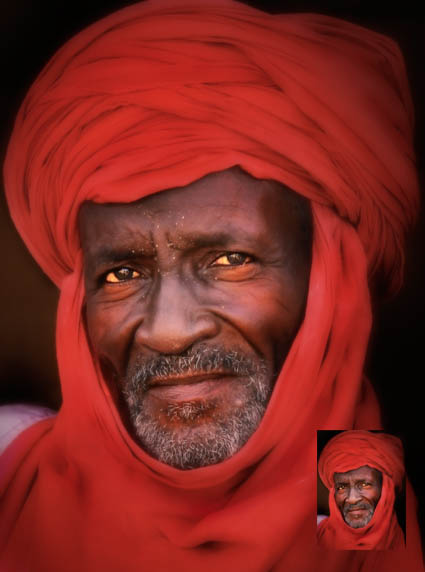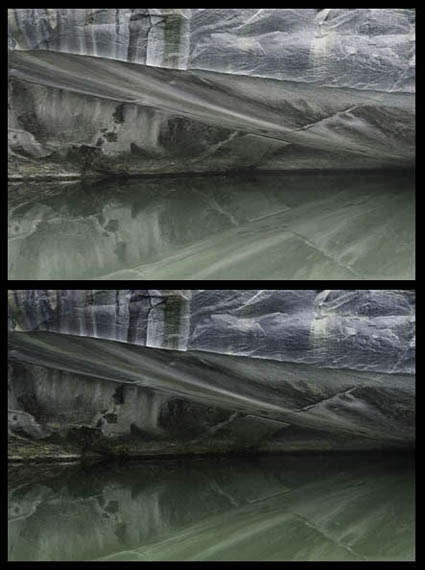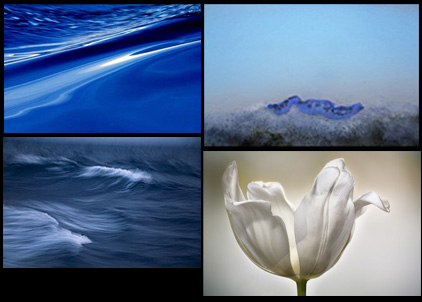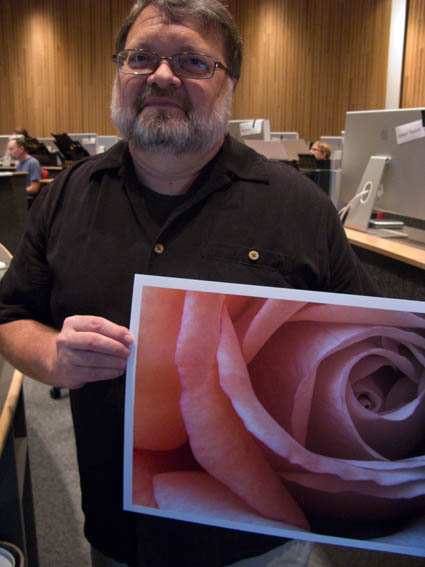Ken Carl – Extreme Low Light Shooting
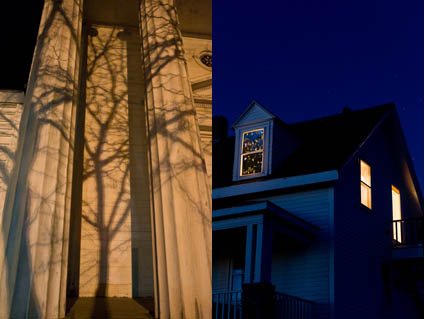
Ken Carl has attended every one of my Fall Foliage workshops. Over the years, he’s turned pro. Just when I think he’s done, he keeps coming back for more. After a long day of shooting past sunset at Pemaquid Point, Ken walked up the streets of Damariscotta while the rest of the group was being seated for dinner – and got some great shots. After dark? Hand held? ISO 8000? Really? And it’s actually useful, with surprisingly little noise by traditional standards. You’ve got to try it to believe it. The LCD on the back of the camera actually shows you more than you can see at that moment. Add a tripod to the equation and you’ll see even more. Today’s cameras can capture more than you can see at any one moment in time. With a little experimentation, you’ll find hours of new possibilities at the beginning and ends of the day. This weekend we tested shooting in many extreme lighting situations. Participants are seeing in new ways. I’m seeing in new ways. I recommend frequently testing new techniques to expand your repetoire and your vision.
Check out Ken Carl’s work here.
Check out my workshops here.


